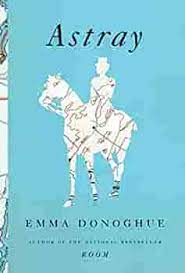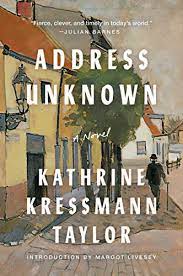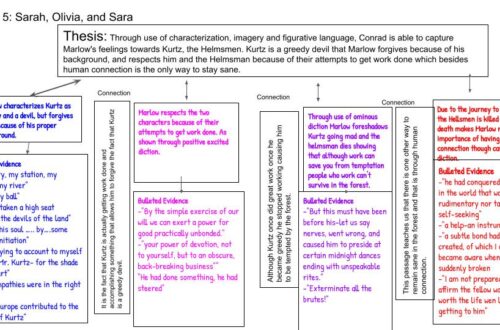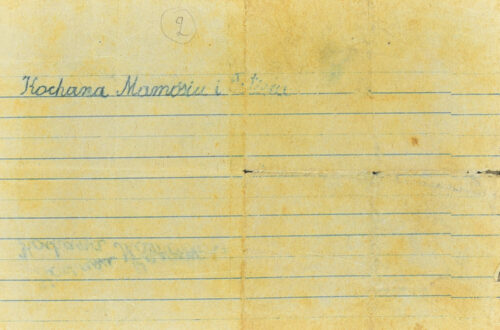How To Tell A Story
I love literature! In my free time, when not onstage, you can often find me with a book in my hand or working on a novel that has been one of my passion projects for years. I have always known epistolary format existed, but I hadn’t had much experience with it until this week. I didn’t realize how much more I enjoyed reading in this format than I expected. Most of the books I read are romance novels, and my favorite author: Lauren Asher, always has both characters in the relationship narrator the book so you can understand what they are both feelings. Similar to the way the epistolary novels do when they include letters between correspondents. One of the stories we read this week was Address Unknown which featured letters sent between two friends during WWII. I was fascinated by how the letters were interwoven to create a story. For example, the setting was usually in the address, something a reader could easily skip over but provides such an important detail. Although this format may lead to less imagery, it’s filled with pathos and ethos. There is so much raw emotion because one of the writers is Jewish, and the other only wants to do his business and ignores the other’s cries for help. The author’s tone helps establish personality, which makes the reader connect with them and causes them to become so invested. As I began considering a format similar to my creative writing, I was introduced to another epistolary writing that, instead of using the letters directly, interwove quotes into the story and ended with one of the characters writing a letter: Onward. Caroline is a prostitute trying to support her daughter and young brother, and one day her brother helps convince her to write to Charles Dickens, asking for help and a fresh start. However, the correspondence between the two is only mentioned since the story ends with Caroline writing the first letter. Although I enjoyed the content of this story more than Home Address, I didn’t find it as impactful. Although I wanted to learn more about Caroline’s struggle, I felt like I still didn’t know who she was. I had so many questions about how she ended up in her situation. I felt like all of my questions could be answered just by reading her correspondence with Charles Dickens like I was able to do in the first story. So after considering everything, I still had to figure out my initial plan for my creative writing piece. I decided it would have to include at least one letter because that is the easiest way to build ethos for characters and have a long-standing impact. Still, I want a developed plot line that explains why the letter is so essential similar to Onward. The stories we read this week are ones I have truly enjoyed and have helped me tremendously to write a piece now on my own.





